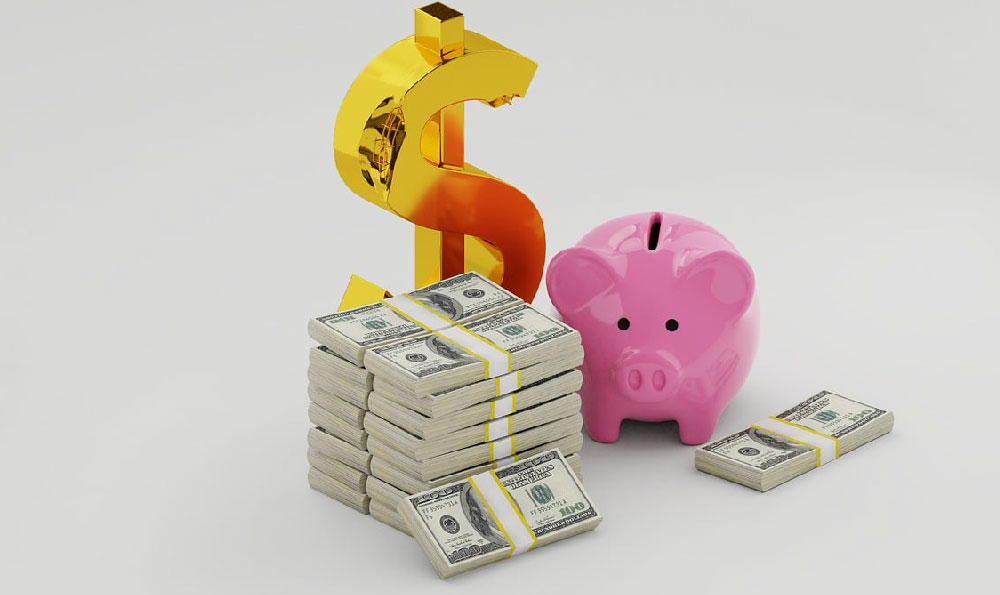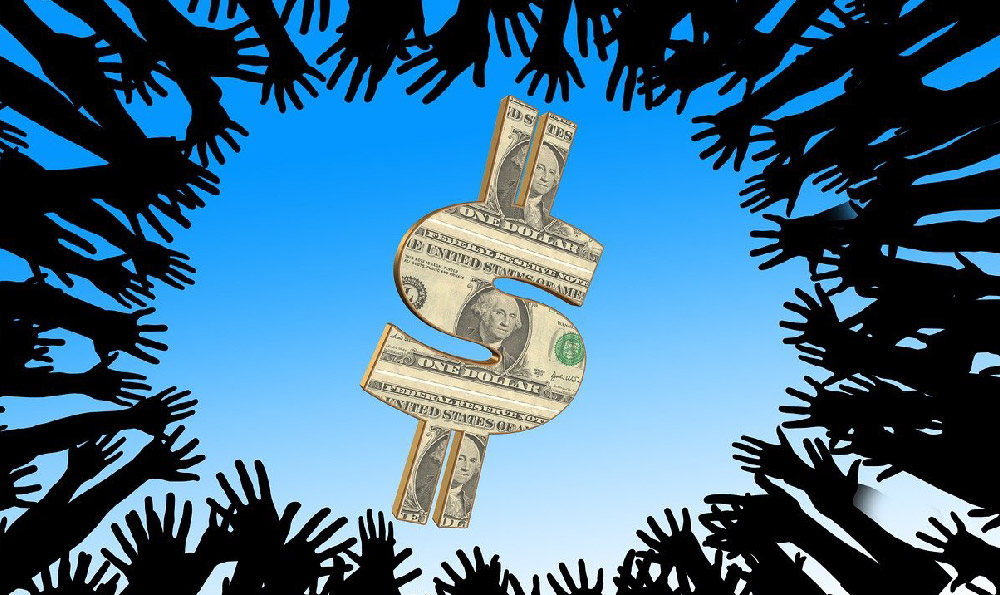Making Money on YouTube: Possible or Not?
The question of whether making money on YouTube is possible or not is a loaded one, layered with nuances and realities that extend far beyond simply uploading videos and hoping for the best. The short answer is yes, it is absolutely possible, but the path to sustained profitability requires a strategic approach, a significant time commitment, and a clear understanding of the platform’s evolving landscape. It’s crucial to dispel the illusion of overnight success often portrayed.
Success on YouTube isn't about luck; it’s about building a brand, understanding your audience, and consistently delivering valuable content. Think of YouTube less as a lottery ticket and more as a long-term investment. Just as in traditional financial markets, the principle of compounding returns applies. Consistent effort and strategic optimization over time yield exponential results. Starting out, understand that monetization relies heavily on the YouTube Partner Program (YPP). To qualify, channels need to meet specific requirements, notably accumulating 1,000 subscribers and 4,000 valid watch hours within the past 12 months. These thresholds are in place to ensure creators are genuinely invested in the platform and producing content that engages viewers.
Once accepted into the YPP, you unlock various monetization methods, the most common being AdSense. Ads displayed before, during, or after your videos generate revenue based on factors such as CPM (cost per mille, or cost per 1,000 views) and CPC (cost per click). However, relying solely on AdSense revenue is rarely sufficient for substantial income. CPM rates fluctuate depending on the niche, target audience, and advertiser demand. Certain topics, like finance or technology, tend to command higher CPMs compared to others, such as gaming or lifestyle content. Furthermore, ad blockers can reduce the number of ads shown, impacting revenue. Therefore, diversification is paramount.

Beyond AdSense, consider exploring alternative monetization streams such as channel memberships. YouTube allows creators to offer exclusive perks and content to paying members, fostering a loyal community willing to support your work financially. This provides a more predictable and recurring revenue stream compared to ad revenue which can be volatile. Similarly, Super Chat and Super Stickers, available during live streams, enable viewers to pay to have their messages highlighted in the chat, creating a direct revenue opportunity during real-time interactions.
Another lucrative avenue is selling merchandise. If you've built a strong brand and a dedicated following, creating branded merchandise like apparel, mugs, or accessories can generate significant income. YouTube offers integrated tools to connect your channel with merchandise platforms, simplifying the selling process. Affiliate marketing is yet another powerful strategy. By recommending products or services in your videos and including affiliate links in the description, you earn a commission for every sale made through those links. Transparency is key here; always disclose your affiliate relationships to maintain audience trust.
Creating compelling content is, of course, the bedrock of any successful YouTube channel. Analyze your target audience, identify their needs and interests, and tailor your content accordingly. High-quality video and audio production are crucial for maintaining viewer engagement. Invest in good equipment and editing software, even if starting with a modest setup. Experiment with different video formats – tutorials, reviews, vlogs, interviews – to see what resonates best with your audience.
Search Engine Optimization (SEO) is equally vital. Optimize your video titles, descriptions, and tags with relevant keywords to improve discoverability in YouTube search results. Conduct keyword research using tools like Google Keyword Planner or TubeBuddy to identify terms with high search volume and low competition. A well-optimized video is more likely to be found by potential viewers, increasing your chances of attracting new subscribers and generating revenue.
Promoting your videos beyond YouTube is also crucial. Share your videos on social media platforms like Twitter, Facebook, and Instagram. Engage with your audience in the comments section, respond to their questions, and build a community around your channel. Collaborate with other YouTubers in your niche to cross-promote your content and reach new audiences. Consistency is paramount. Establish a regular upload schedule and stick to it as much as possible. This keeps your audience engaged and signals to YouTube's algorithm that you are an active and committed creator.
However, recognize the potential pitfalls. Copyright infringement is a serious issue on YouTube. Ensure you have the necessary rights to use any music, video clips, or images in your videos. Familiarize yourself with YouTube's copyright policies and take steps to avoid copyright strikes. Burnout is another common challenge. Creating content consistently can be demanding, especially when you're not seeing immediate results. It is vital to manage your time effectively, prioritize your mental health, and avoid overworking yourself. Remember that building a successful YouTube channel is a marathon, not a sprint.
Finally, adapt to YouTube’s ever-changing algorithm. YouTube's algorithm is constantly evolving, and what works today may not work tomorrow. Stay updated on the latest trends and best practices by following industry blogs and attending online webinars. Analyze your channel analytics regularly to understand what’s working and what’s not, and adjust your strategy accordingly. Understand audience retention, click-through rate, and watch time are key metrics that the algorithm uses to rank videos.
In conclusion, making money on YouTube is definitely possible, but it requires a multifaceted approach encompassing consistent content creation, strategic monetization, effective SEO, community building, and constant adaptation. It’s a journey that demands patience, perseverance, and a willingness to learn and evolve. Treat your YouTube channel as a business, invest in it wisely, and you’ll significantly increase your chances of achieving financial success.















